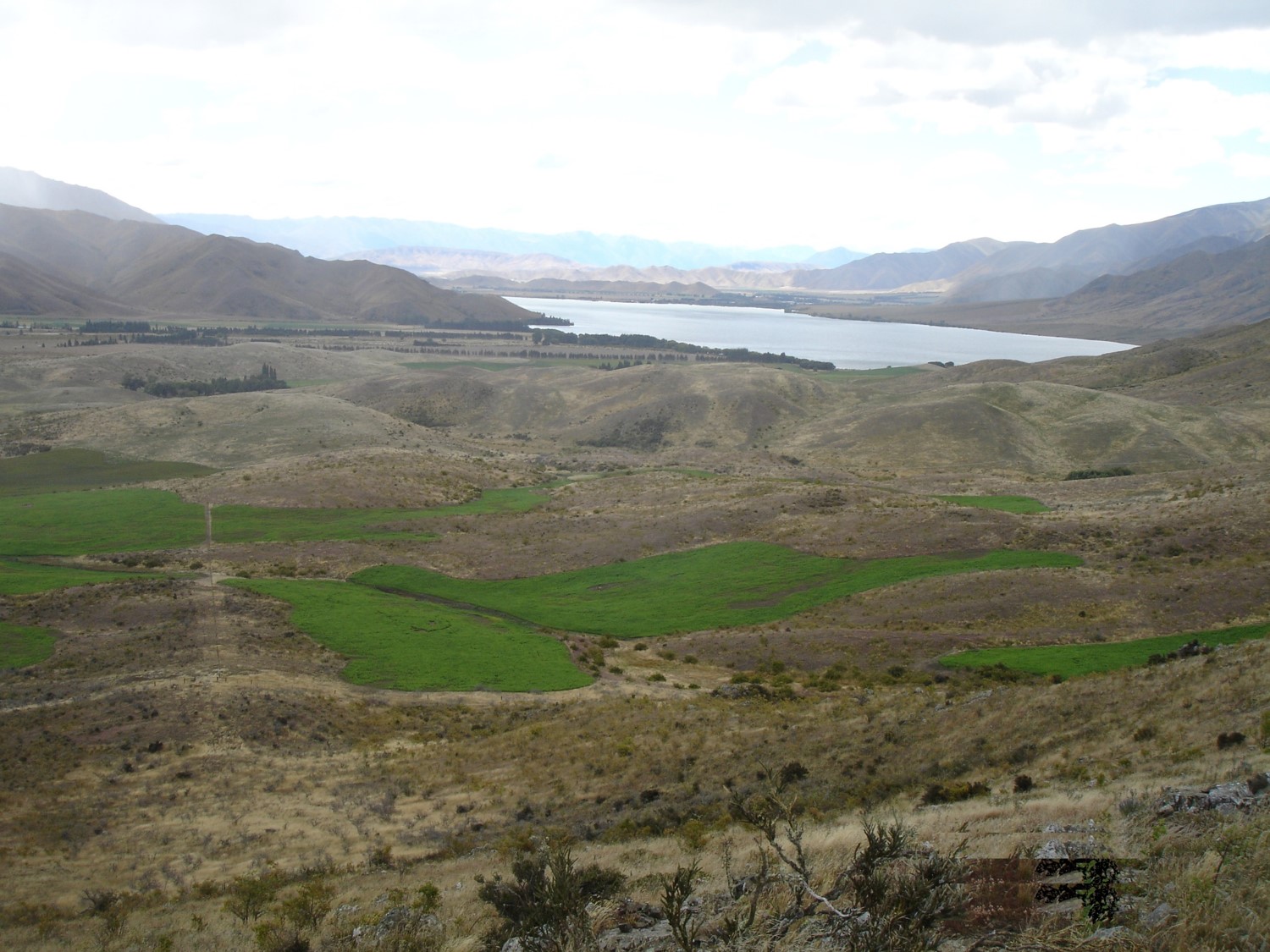This is a bit late, but we thought we’d still write a blog on the subject – if only for next season’s reference!!
Winter spraying of our lucerne ended up being quite the headache this year. Between:
- Figuring out what products to apply to suit all the different weeds
- Getting someone to come on-farm and walk the paddocks and advise
- Actually getting the spray trucks around the farm on time due to rain!
Hence a few new grey hairs have appeared….
Of all the areas of lucerne maintenance, winter spraying would admittedly be our weakest point – but I would go as far to say that it is arguably the industry’s weak point too – which actually means there is a HUGE opportunity for someone to take advantage of!!
It seems there are very few readily available lucerne agchem experts on the ground that can annually ‘walk the paddocks’ and give agchem recommendations. Due the risk of damaging the lucerne swards by applying the wrong chemicals – the right advice is crucial. Please note: we farmers LIKE being advised what to do, when to do it, and with what product!! We don’t have the time to be experts in everything, but we can be experts in picking the right advisors – if they are available!!
The irrigated lucerne paddocks had quite the selection of weeds this season – we walked the paddocks ourselves, and noted that dandelion, mallow and a wee bit of horehound were the main culprits. On the dryland lucerne, storksbill and mallow were the main species present.
Interestingly, we were advised earlier on to spray the dryland paddocks that had mallow with the product ‘Preside’ at 55gm/ha in December – but it didn’t really do a thing. The very small immature plants succumbed, but all established plants weren’t affected at all. So our summation on this is that perhaps the timing was too late, or perhaps just bad luck.
We have historically applied a standard mixture of Parquat and Atrizine to the straight lucerne paddocks in early winter, and straight Atrizine to the Lucerne/Cocksfoot paddocks in early spring. This year we continued to use these mixtures, along with some extras as recommended by Andrew Millar from CRT and Liam Donnelly from Seedforce:
- Terbuthylazine for storksbill and dandelion
- Metsulfuron for the Horehound
The downside of using the Metsulfuron is the long residual effect it has on the lucerne, and we’ve been advised not to expect any lucerne activity until late October. However, there are already new buds appearing – so will be interesting to see how it goes.
We managed to get half the paddocks sprayed successfully in early July (later than planned due to LOTS of rain in June), and then we got more rain and warm weather, so it was impossible for the spray trucks to get around the paddocks. While not concerned initially, the days turned into weeks, and by the end of July we were starting to get quite concerned – as some of the chemicals have long residual effects – lasting up to a couple of months – impacting on the spring growth (and thus lambing feed).
We went as far as looking into aerial spraying, but the cost difference between ground ($26/ha) and air ($80/ha) was too great.
But in the end the truck managed to get around all the paddocks. There were a few stuck moments (the tractor got quite a bit of use), but all is done – with the last receiving chemical on the last day of July! (obviously if you have your own spray rig you can spray paddock by paddock once you’ve finished your last graze!). This means we will most likely have a staggered growth pattern with the lucerne come spring.
We are continuously learning about different chemicals and their different uses with lucerne and it’s associated weeds. For example, it was only a couple of seasons ago we learnt about the use of Atrizine on the lucerne/cocksfoot paddocks – we had originally thought we couldn’t apply anything without killing the cocksfoot!
There are a huge variety of chemicals, chemical combinations, rates, and timings to suit different weeds, at different stages, at different times available. The skill is finding the right people to advise on what suits your situation. Lincoln has a great dryland website on Lucerne managements, Andrew Millar from CRT has done a great handout (is available on Lincoln’s Dryland website), and B&LNZ have gone a long way to helping with their texting service – but nothing beats having someone on the ground.
Next year: We will aim to have everything sorted – i.e. paddocks walked and chemicals organized by mid May, so following the last clean up graze we can immediately start spraying by the beginning of June!
